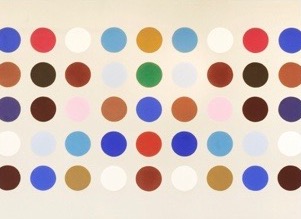"MORE or LESS" showcases how D.C.'s affinity for Abstraction has always been a part of its artistic DNA.
by KRISTON CAPPS, Washington City Paper
MAY 24, 2018 11 AM
Process-based abstraction has always been a staple of painting in D.C. The Washington Color School was built by artists who defined their work by their approach to the canvas, whether by staining it or draping it or something else. MORE or LESS, a group show on view at Hemphill Fine Arts, shows how new trends in contemporary painting continue to line up with the work that put D.C. on the map in the 1960s and ’70s.
Read More






